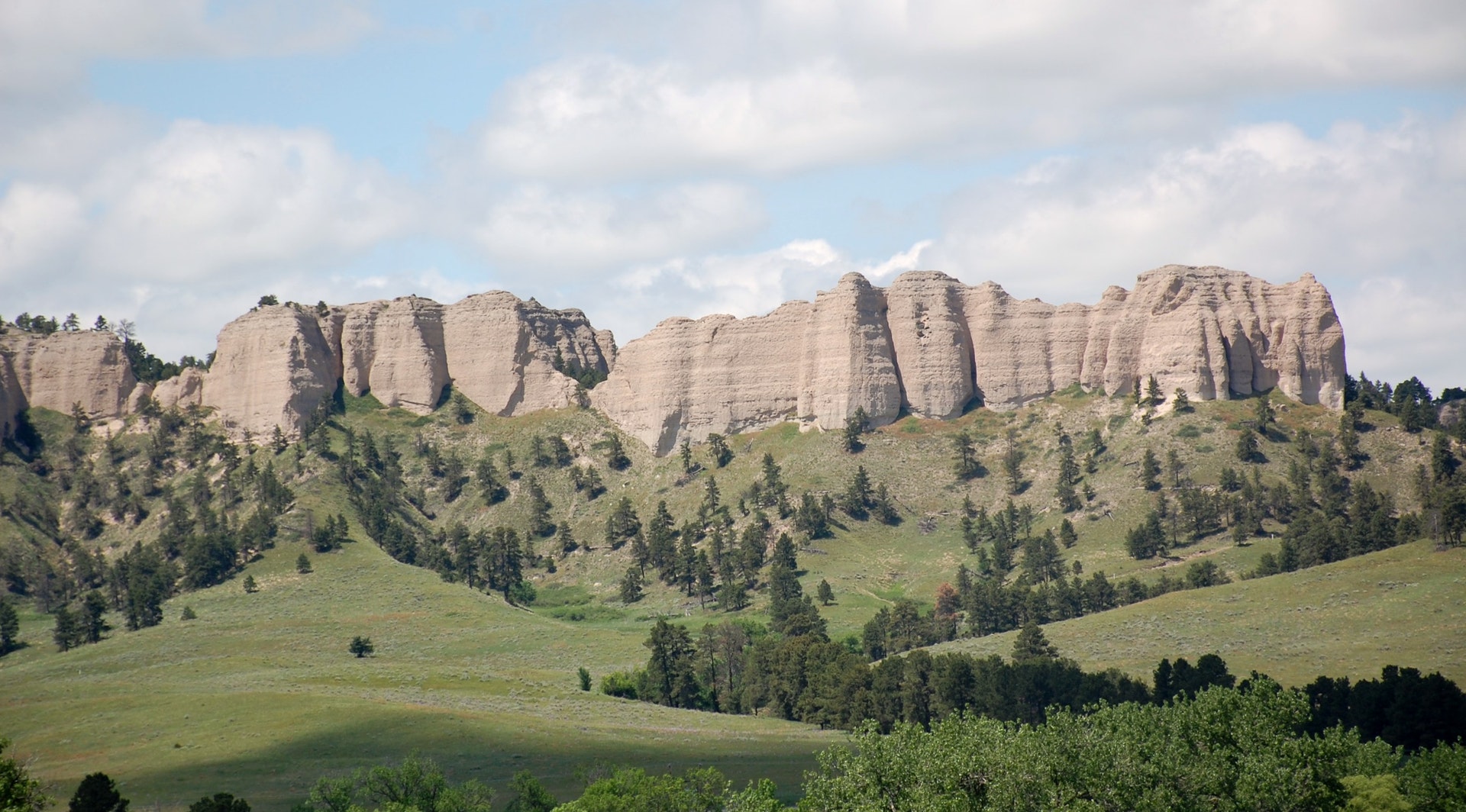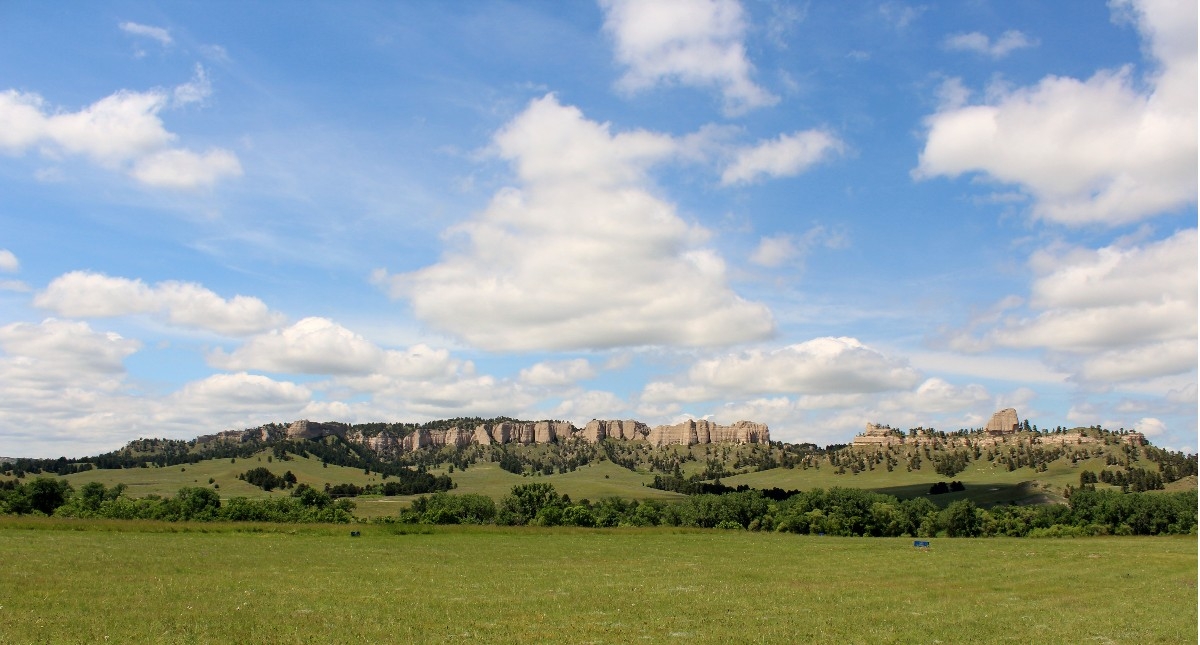
Echoes of Eternity: Unearthing America’s Legends, from Frontier Fables to Fort Robinson’s Hallowed Ground
America, a nation often considered young on the global stage, possesses a soul forged in the crucible of stories, myths, and heroic deeds – its legends. These narratives, whether whispered around campfires or enshrined in textbooks, form the bedrock of a collective identity, a vibrant tapestry woven from the threads of history, folklore, and the boundless American imagination. From the larger-than-life figures of the Wild West to the spectral whispers of forgotten battlefields, these legends not only entertain but also illuminate the values, struggles, and triumphs that have shaped a continent.
The very concept of an "American legend" is a sprawling and diverse one. It encompasses the quintessential folk heroes like Paul Bunyan, whose mighty axe cleared forests with a single swing, and Johnny Appleseed, who sowed seeds of nourishment and hope across the nascent frontier. It includes the gritty resilience of pioneers, carving out lives in an unforgiving wilderness, and the audacious spirit of cowboys, whose cattle drives and gunfights became the stuff of dime novels and silver screens. Yet, beyond these romanticized figures lie deeper, often more complex legends rooted in the raw, unvarnished realities of westward expansion, conflict, and the forging of a nation. It is in these more poignant narratives that places like Fort Robinson, Nebraska, stand as powerful, tangible anchors to an extraordinary past.
Nowhere are these legends more vivid than in the vast, untamed expanse of the American West. This was a land of boundless opportunity and brutal struggle, a stage upon which epic dramas of exploration, settlement, and fierce cultural clashes played out. Here, the line between fact and fiction often blurred, giving rise to figures like Daniel Boone, the archetypal frontiersman, or Pecos Bill, the cowboy who rode a cyclone and lassoed a train. But the West also produced legends born of genuine heroism and profound tragedy, particularly during the turbulent era of the Indian Wars. These were not merely tales of conquest but also of defiant resistance, of ancient ways clashing with an inexorable tide of change.

It is here, amidst the stark beauty of northwestern Nebraska, that one particular site stands as a profound nexus of these converging legends: Fort Robinson. Established in 1874 as a temporary military camp and quickly formalized, Fort Robinson was strategically positioned to monitor the Lakota Sioux and Cheyenne on the Red Cloud Agency. Its very existence was a testament to the escalating tensions between Native American tribes striving to preserve their lands and lifeways, and the expanding American frontier driven by Manifest Destiny. Over its long and storied history, Fort Robinson became far more than just a military outpost; it became a crucible where some of the most significant and heartbreaking chapters of American history – and legend – were written.
The most enduring and somber legend associated with Fort Robinson is undoubtedly the death of the Oglala Lakota warrior, Crazy Horse. On September 5, 1877, one of the most tragic and pivotal events in American frontier history unfolded within its confines. Crazy Horse, a military genius who had famously led his people to victory at the Battle of Little Bighorn, had surrendered earlier that year, seeking peace and provisions for his starving people. Promised a council with General George Crook, he arrived at Fort Robinson under a flag of truce, but was instead led to the guardhouse. Fearing imprisonment, he resisted and was bayoneted by a soldier. He died hours later, still defiant, embodying the spirit of a people refusing to be broken.
Crazy Horse’s death at Fort Robinson is not merely a historical event; it is a powerful legend, a poignant symbol of the tragic end of an era. His final words, or at least the sentiment attributed to them, speak volumes: "My lands are where my dead lie buried." His legend grew, not just among his own people, who mourned him as a fallen hero, but also among the broader American public, who recognized in him a formidable and principled adversary. For many, Crazy Horse represents the ultimate sacrifice in the name of freedom and tradition, a ghost that forever walks the plains around Fort Robinson, reminding us of the profound costs of expansion. As historian Mari Sandoz eloquently put it, "He was a man of peace unless war was forced upon him, and then he was terrible."
Less than two years later, Fort Robinson bore witness to another legend of defiance: the Cheyenne Outbreak, often referred to as Dull Knife’s Flight. In late 1878, a band of Northern Cheyenne, led by chiefs Dull Knife and Little Wolf, were held at Fort Robinson, after being forcibly relocated to Indian Territory (present-day Oklahoma). Suffering from disease, starvation, and broken promises, they made a desperate decision: they would rather die trying to return to their ancestral lands in Montana than slowly perish in exile. On the night of January 9, 1879, they made a daring escape from their barracks, sparking a brutal and tragic chase across the frozen Nebraska landscape.
The ensuing weeks saw the Cheyenne, including women and children, battle the U.S. Army in sub-zero temperatures, often armed with little more than knives and sheer will. Their incredible resilience and refusal to surrender, even as they faced overwhelming odds and certain death, etched their story into the annals of American legend. Many were killed, including Dull Knife’s son, but their extraordinary courage against impossible odds resonated deeply. The desperate flight of Dull Knife’s band, and their eventual tragic end, solidified Fort Robinson’s place as a crucible of courage and despair, a testament to the human spirit’s fierce desire for freedom and homeland. It is a legend that compels reflection on the moral complexities of the American frontier.
But Fort Robinson’s story does not end with the Indian Wars. It continued to evolve, giving rise to other, albeit different, legends. During the early 20th century, it became the U.S. Army’s largest Remount Depot, breeding and training horses and mules for cavalry and artillery, effectively becoming a legendary hub of equine excellence. The fort was also home to the Buffalo Soldiers, African American cavalry regiments whose valor and dedication in the West earned them enduring renown and their iconic nickname. Their presence at Fort Robinson adds another layer to its rich tapestry of military and social history, representing a significant, often overlooked, chapter in the nation’s struggle for equality.
During World War II, Fort Robinson transformed once more, becoming a Prisoner of War camp for German and Italian soldiers. This unique chapter highlights the fort’s adaptability and its role in broader global conflicts, showcasing how even a remote frontier outpost could become intertwined with the great struggles of the 20th century. Today, Fort Robinson is a state park, a vast expanse where visitors can walk the grounds where Crazy Horse made his last stand, explore the reconstructed barracks, and ponder the many lives and legends that unfolded there. It is a place where history is not just read, but felt – a palpable connection to the epic narratives of the American past.
Beyond the historical gravitas of places like Fort Robinson, American legends also embrace the fantastical and the whimsical. There’s the enduring mystery of Bigfoot, the elusive ape-like creature said to roam the Pacific Northwest forests, a modern-day myth that captures humanity’s fascination with the unknown. The alleged UFO crash at Roswell, New Mexico, in 1947 spawned a legend of government cover-ups and extraterrestrial encounters, forever embedding flying saucers into the American psyche. These tales, though lacking historical documentation, speak to a different kind of American spirit: one of wonder, suspicion, and an unyielding belief in possibilities beyond the mundane.

Why do these legends persist? They are more than just stories; they are the collective memory of a nation, distilled and embellished over time. They offer moral lessons, celebrate courage, mourn tragedy, and provide a framework for understanding who Americans are and where they came from. From the stoic defiance of Crazy Horse at Fort Robinson to the industrious spirit of Johnny Appleseed, these legends shape national character, inspiring both pride and critical reflection. They remind us that history is not a static collection of facts, but a dynamic, living narrative, constantly reinterpreted and passed down.
In conclusion, America’s legends are a vibrant, multifaceted legacy, ranging from the mythical to the deeply historical. They are the echoes of eternity, reverberating through time, shaping national identity, and providing a powerful lens through which to view the nation’s complex past. Sites like Fort Robinson, with their hallowed grounds and profound historical significance, serve as powerful touchstones for these legends. They are places where the past is not just remembered but relived, where the spirits of heroes and the ghosts of tragedy linger. To truly understand America, one must listen to these echoes, walk the paths of its legends, and appreciate the enduring power of the stories that have made it what it is today. From the vastness of the frontier to the confines of a guardhouse in Nebraska, these legends continue to define the American soul.


